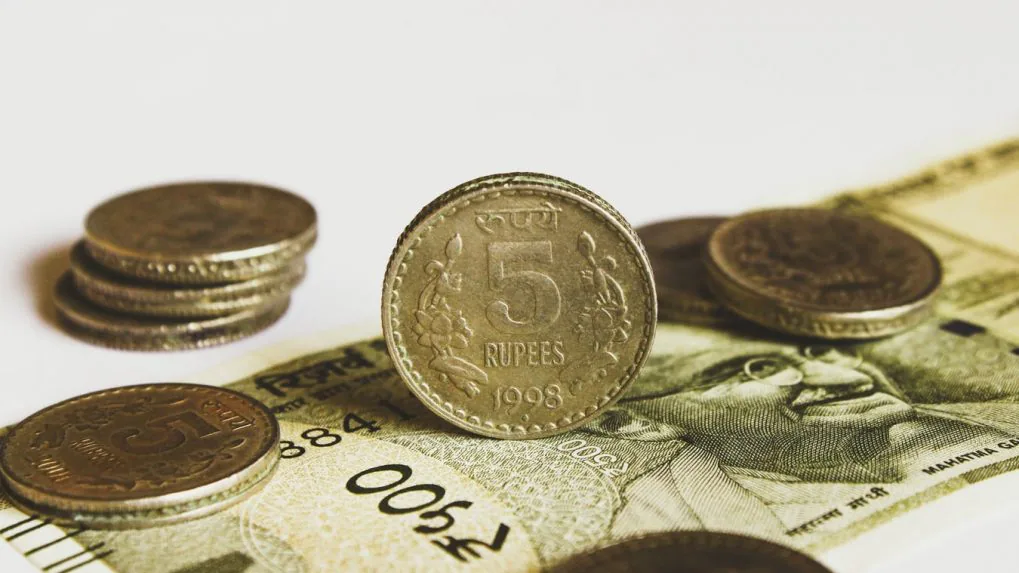- February 6, 2020
- Posted by: Amit Pabari
- Category: Economy

The USD continues to benefit from the uncertainty due to the deterioration in risk appetite, thereby keeping the Euro in check, which cannot pull itself out from the Eurozone’s economic slowdown. Moreover, the lack of confidence in the ECB’s ability to achieve a high inflation target is likely to weigh on Euro in the near future as underlying inflation dipped back to 1.1 percent from 1.3 percent.
With the ECB having failed to reach the inflation targets that it has prioritised — the central bank’s credibility now depends on whether it can show more flexibility regarding price stability. The ECB is continuing to implement zero-rates in the name of getting inflation back up to 2 percent. However, this does not take into consideration whether such a measure is having the desired impacts on growth. Zero-rates could continue to keep the Euro under pressure against dollar but however, can make European exports more attractive and do little for overall growth in Europe over the longer-term.
In the short run, the UK and the EU presented their initial objectives for the forthcoming trading negotiations, highlighting that the risk of a no-deal Brexit is still present. The downside risks to the Euro due to the Brexit concerns could be unveiled if negotiations take a turn for the worst. Hence, the pair shall struggle to give any major upside move and would be in a range of 1.0920-1.1200.
Brexit impact
As we talk about Brexit, the immediate impact of the same is seen on the most influenced currency pair GBPUSD. This time, the pair shall show some resistance to move upward as statements from Boris Johnson and the EU chief negotiator Michel Barnier fuelled fears that negotiations this year between the two sides on a trade deal may not work out. Both set out their visions of the future relationship, with Barnier making it clear that access to the bloc’s market would come with tough conditions attached, particularly in terms of Britain’s adherence to EU rules. And Johnson insisted there was no need for a free trade agreement to involve accepting EU rules on competition policy, subsidies, social protection, the environment, or anything similar any more than the EU should be obliged to accept the UK rules.
However, the pair found support after falling to 1.2940 levels after Markit’s January construction PMI beat expectations. Of late, traders have been paying more attention to the UK data this year as their focus moves from efforts to get a Brexit deal to whether the central bank will cut rates to stimulate the economy. Overall, the pair shall be vulnerable amid the Brexit headwinds and cautious optimism over fears of coronavirus which keeps the safe heaven USD as market’s favourite.
Coronavirus affects currencies
Domestically, the rupee remained steady as compared with other Asian currencies which had some impact from the spread of virus, majorly supported by strong external position and lower oil price.
During the April-January 2020 period, the forex reserves rose by a whopping $54.78 billion standing at $466.69 billion which is sufficient to cover more than 11-12 months of imports. The current account deficit in the current fiscal is expected to be lower than 1 percent of GDP. With the external borrowings at $557.6 billion, the percentage of forex reserves has now increased to 83.70 percent of the external borrowings. All these factors show a better external position of the country and thereby led to a steady trend in the rupee against the dollar.
Also, the government’s intent to bring more and more foreign inflows in the market shall hold as good support for the pair. Thus the knee-jerk reaction on rupee arising out of any negative happening globally or domestically will be limited as inflows will cushion the pair from a sharp depreciation. Hence, it looks like 70.70-72.20 is a comfortable range for the rupee, supported by RBI intervention on both the ends and is expected to remain there until March 2020.
Market awaits RBI decision
Going ahead, after pouring out its disappointment over the Union Budget, the Indian market is now looking forward to the RBI’s forthcoming monetary policy announcement, which will be the central bank’s first one of 2020. The central bank maintained status quo at its last MPC meeting in December, and this time the policy is coming when growth is low, there is high food inflation and a restrained fiscal deficit. As far as inflation is concerned, the uptick in food inflation implies that the RBI will have to significantly revise up its near-term inflation trajectory. The question is how durable is the food inflation spike that we are seeing outside of vegetables and to what extent one should be worried about higher food inflation resulting in inflation expectations moving higher.
It was more concerning that CPI inflation has peaked to 7.35 percent in December. However, the same was driven by inflated food prices especially onions which were at Rs 95-100 per kg in December. However, surprisingly January inflation was marked at 6.1 percent, with onion prices coming off to an average of Rs 50-55 per kg in January. Hence, the CPI inflation spike driven by the temporary jump in food prices should reverse from February onwards.
Overall, fundamental drivers of inflation remain weak amid tight liquidity, a good summer harvest as well as low imported inflation, due to relative rupee stability and subdued commodity prices. With core CPI inflation still within the RBI’s band and below 4 percent, it is more likely that the central bank will continue to hold status quo in the upcoming meeting.
Amit Pabari is the MD of CR Forex Advisors
Leave a Reply
You must be logged in to post a comment.




